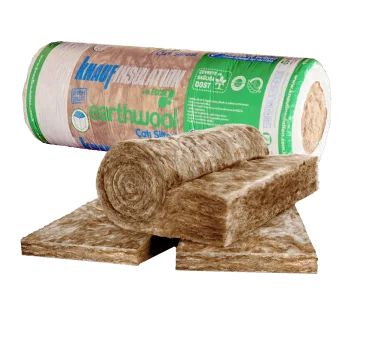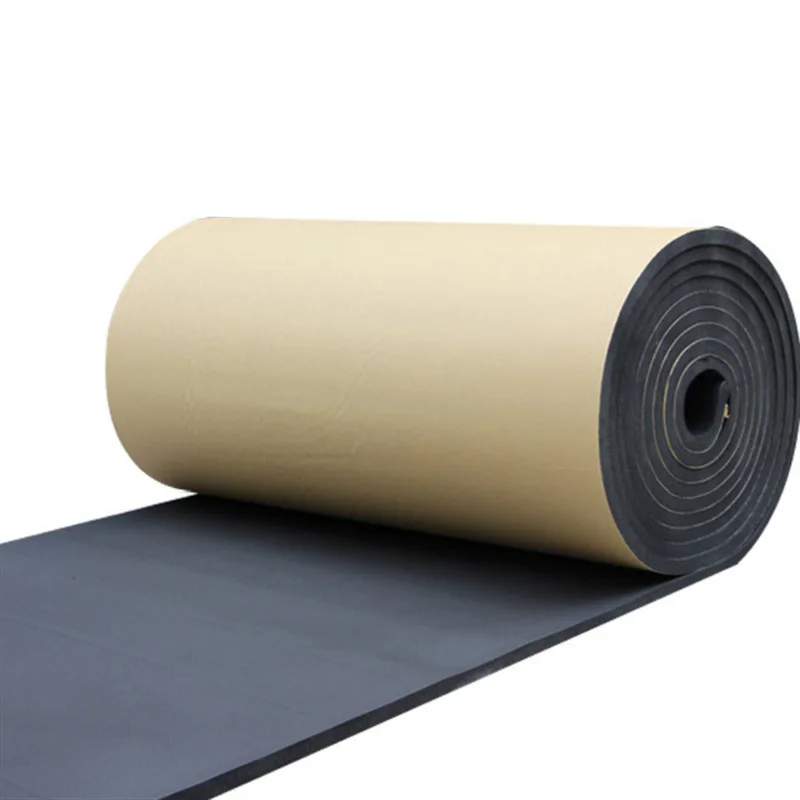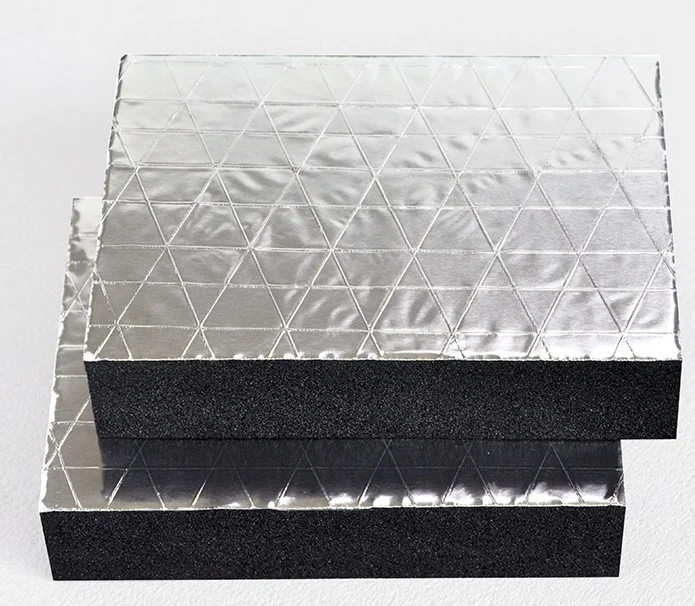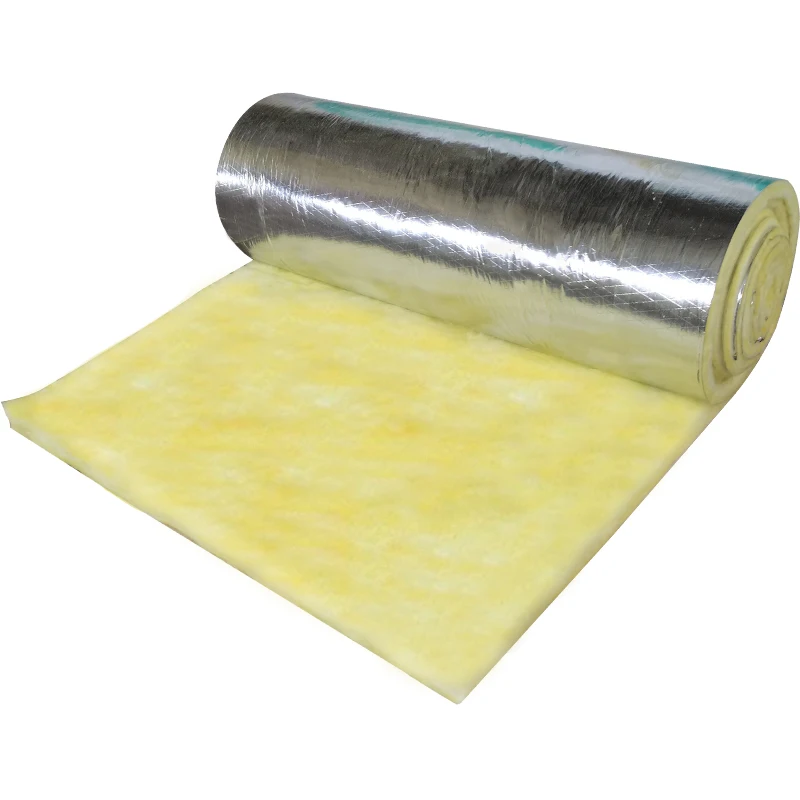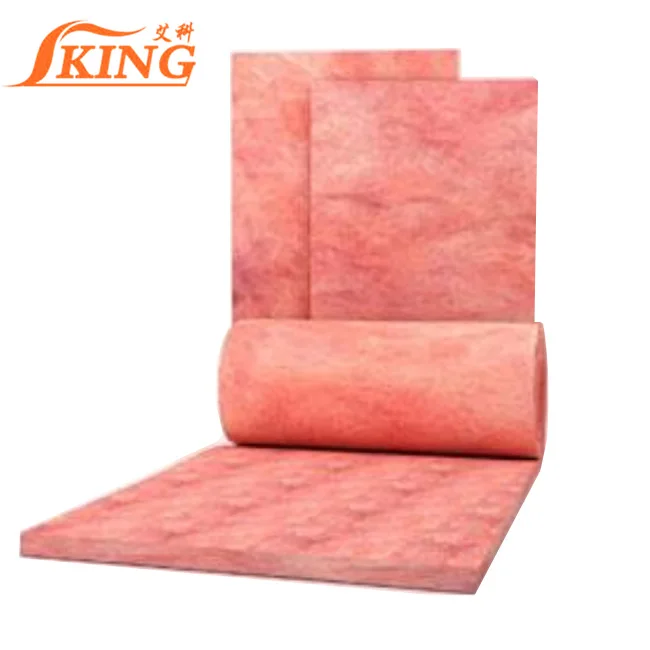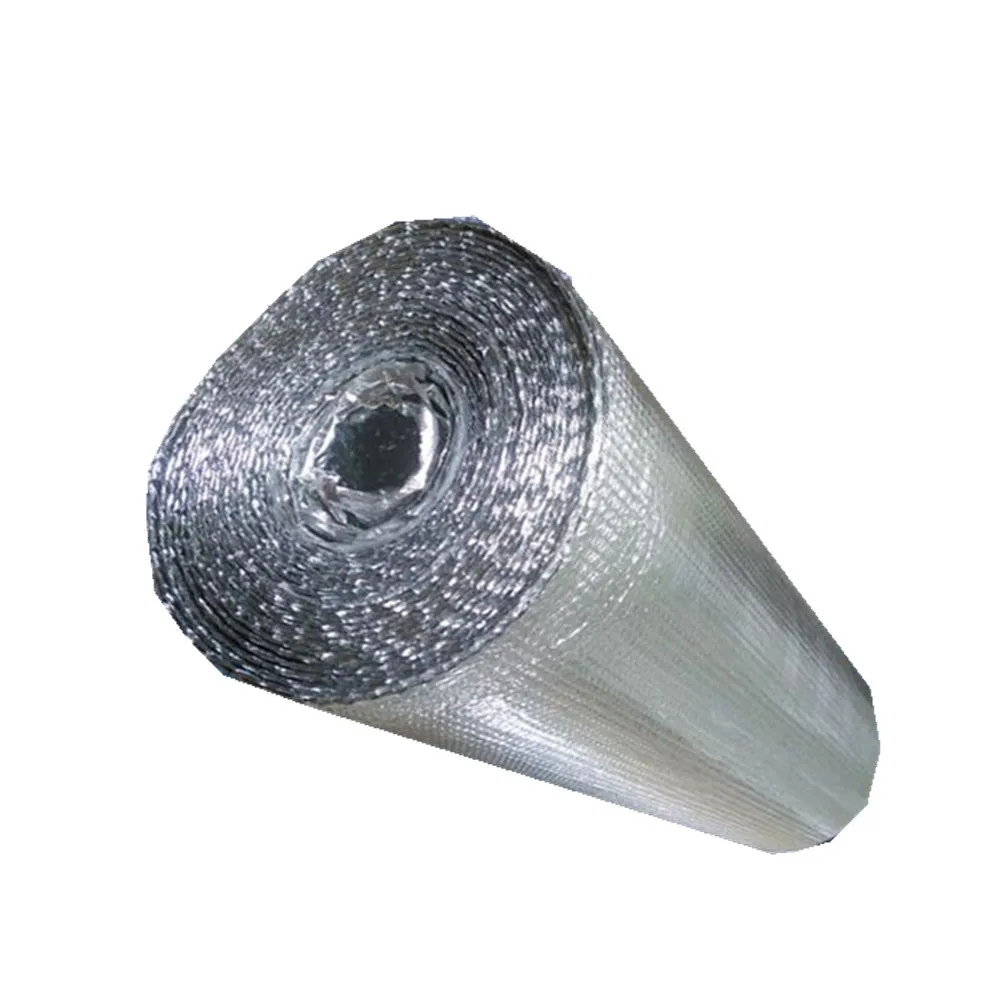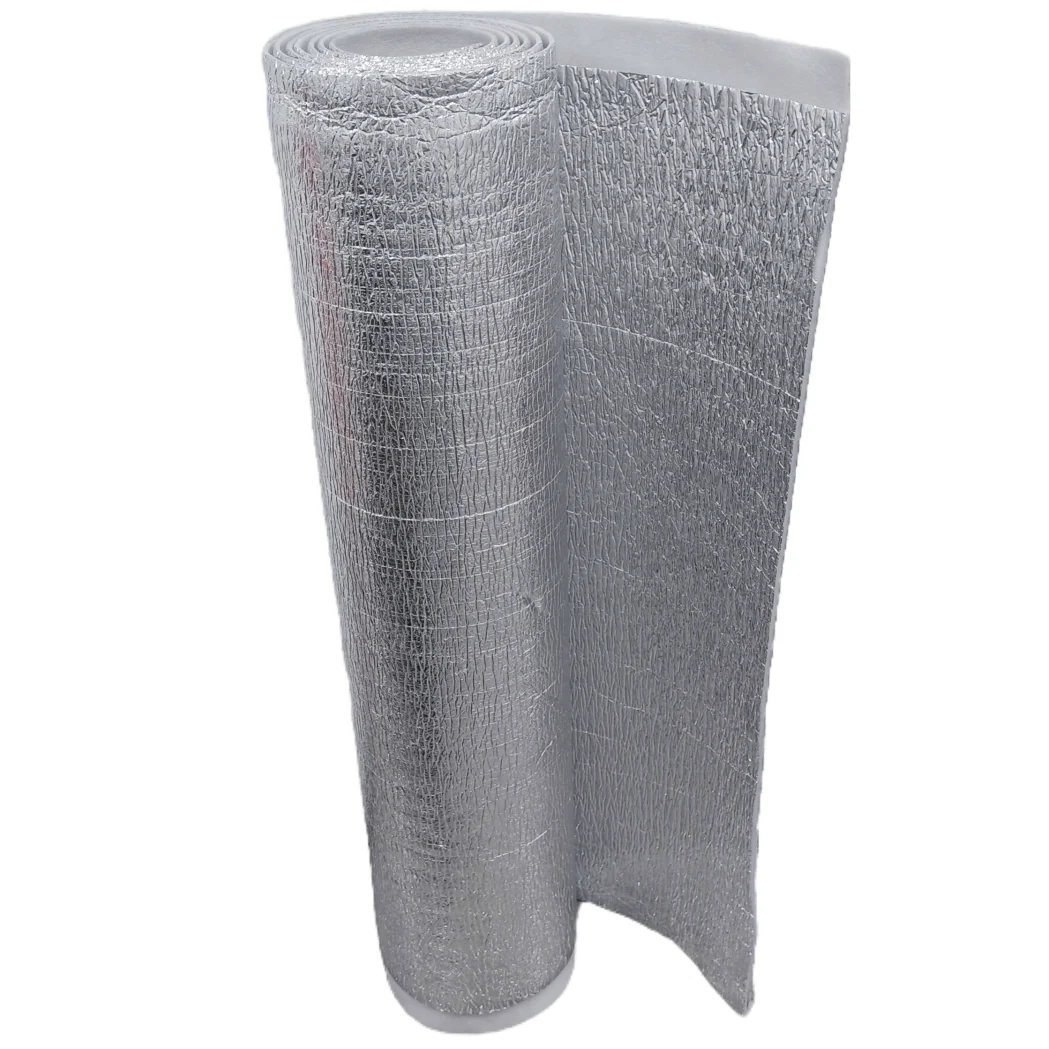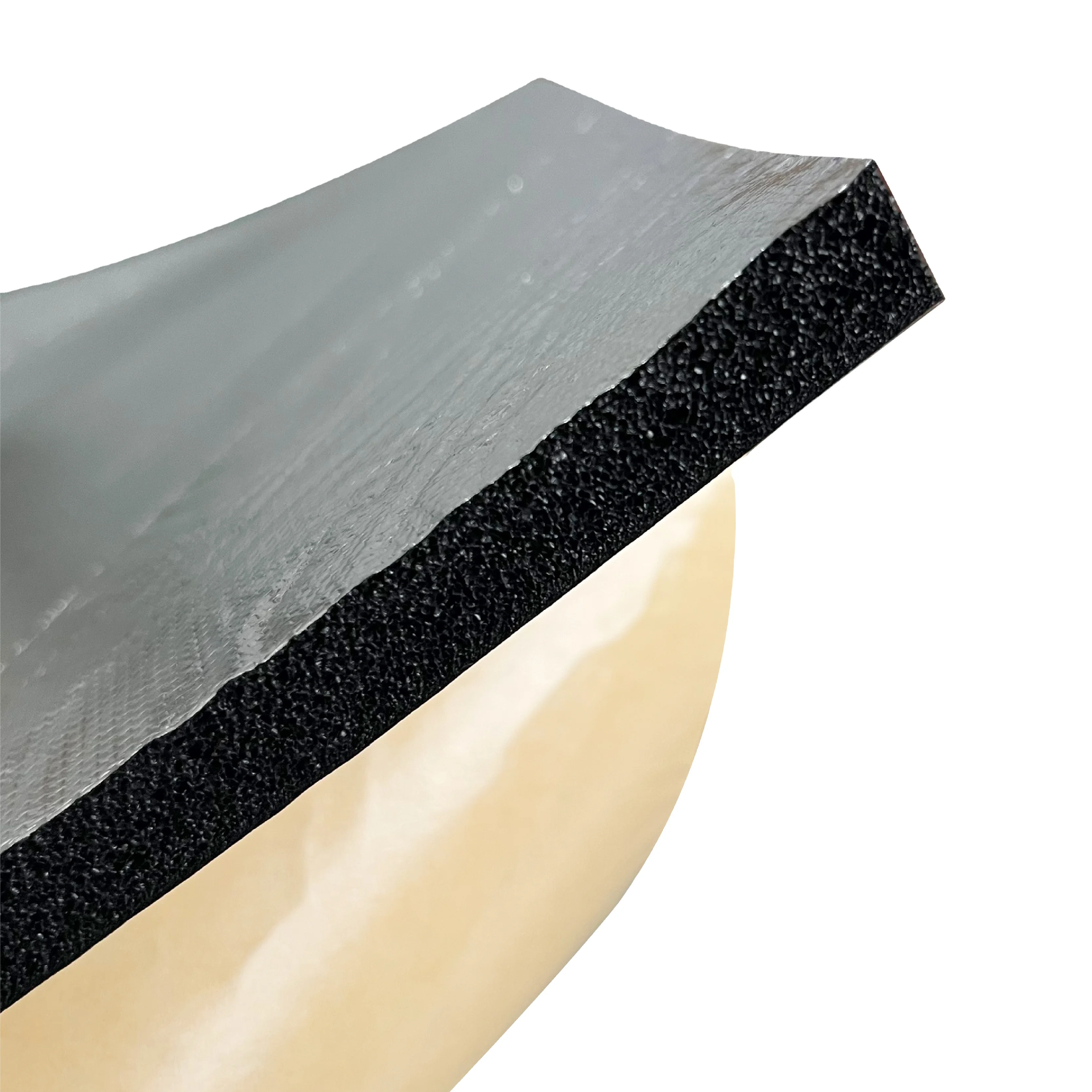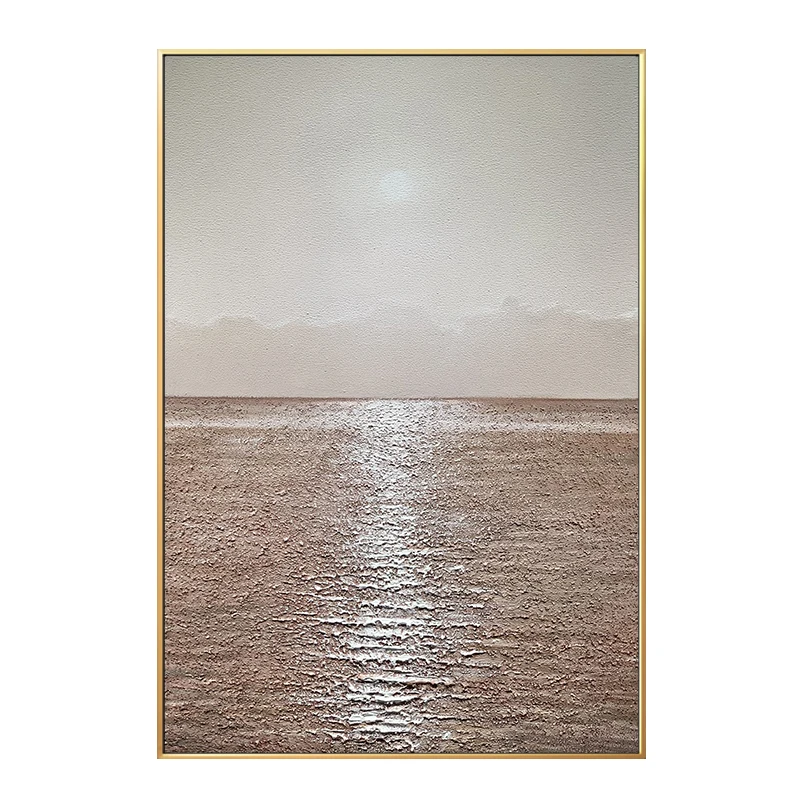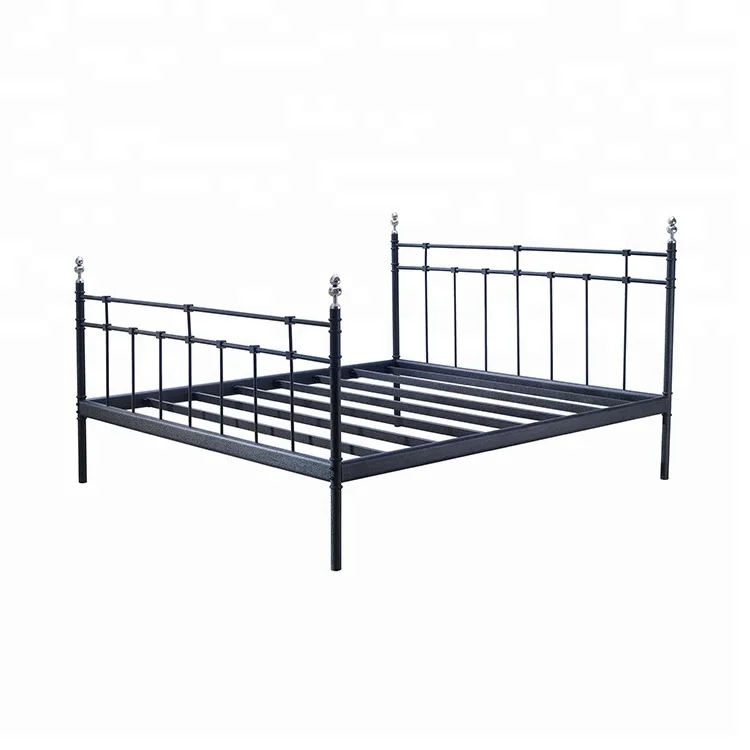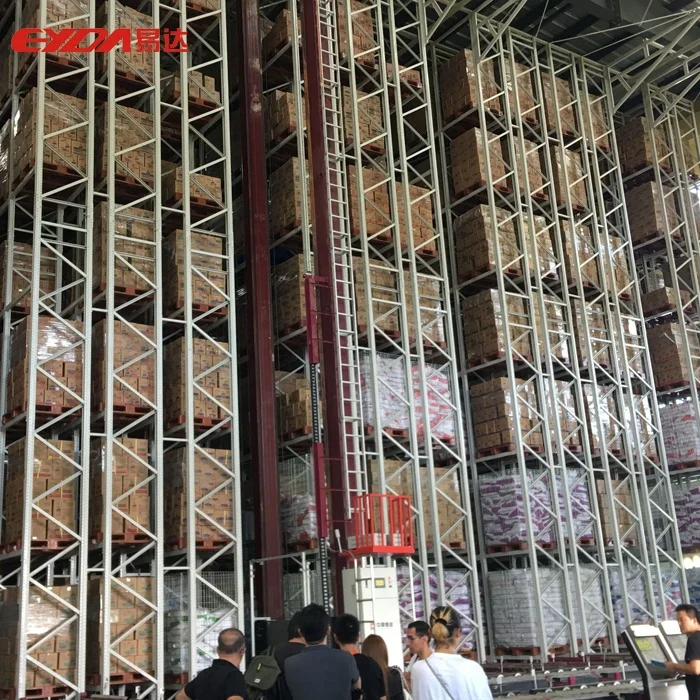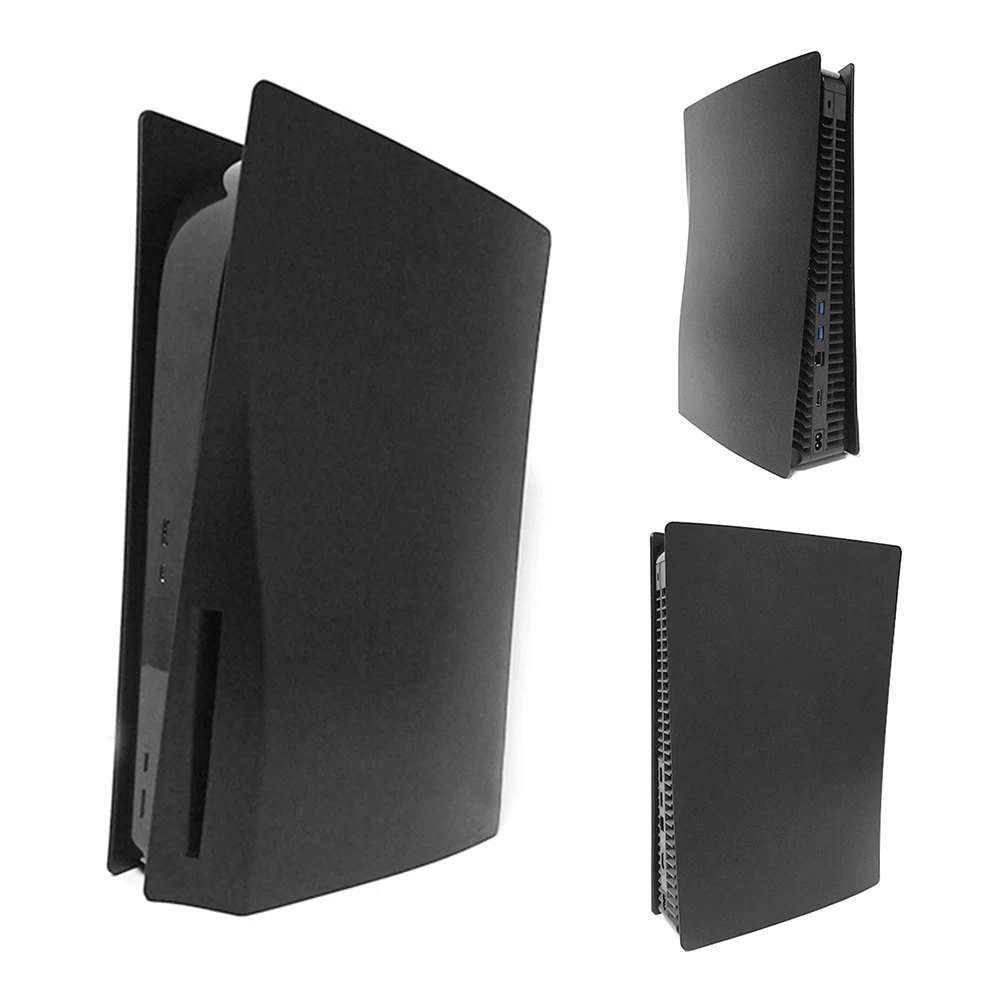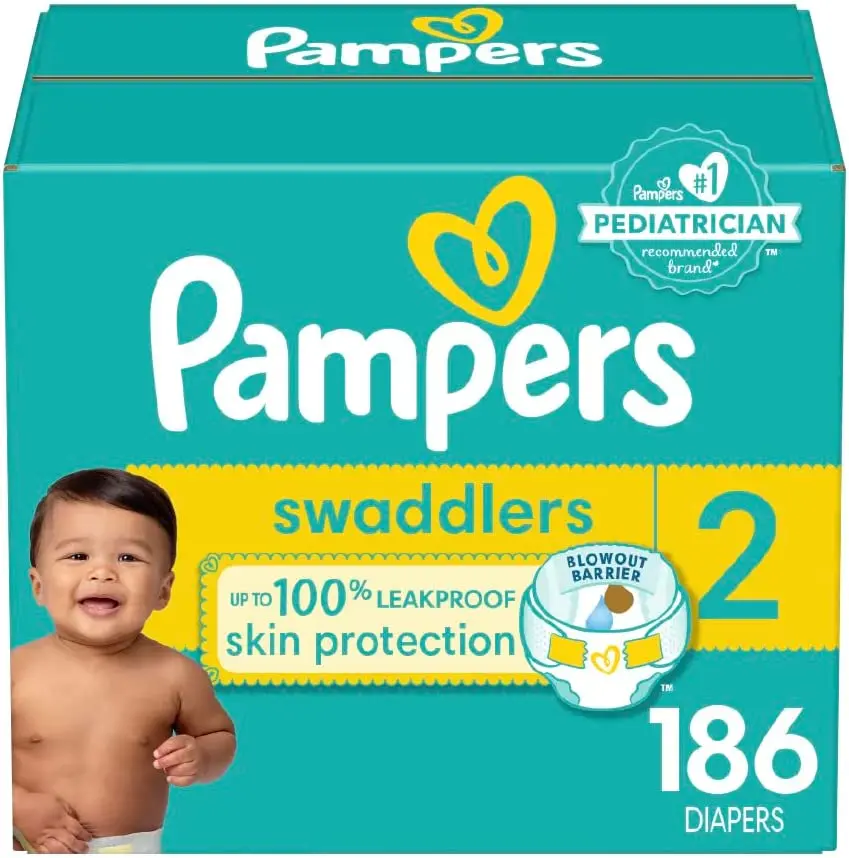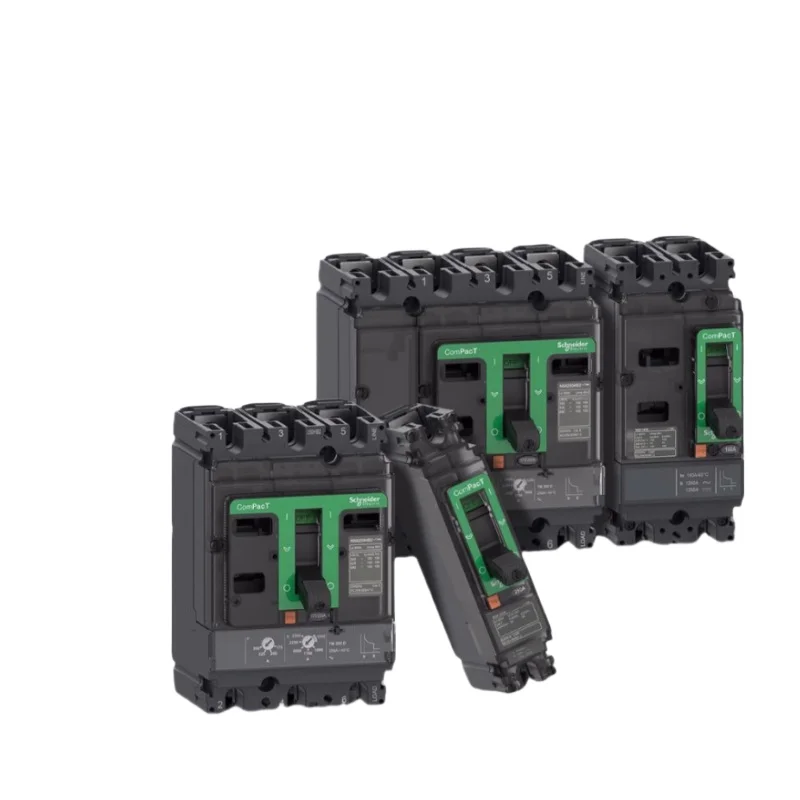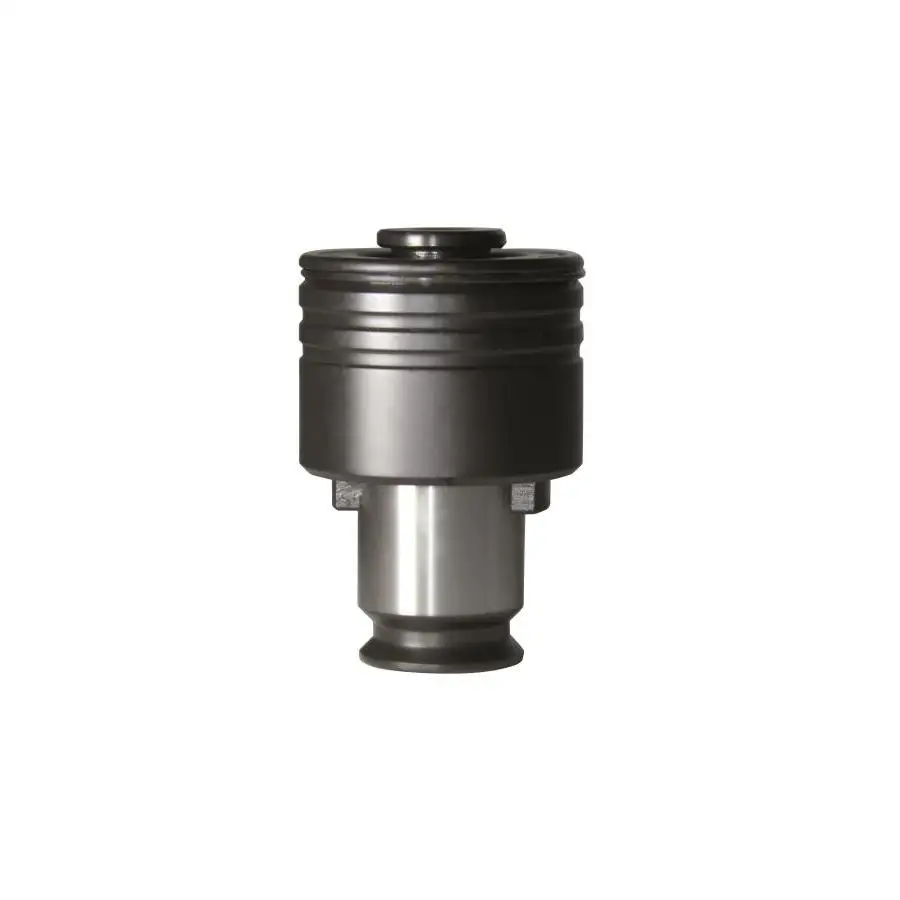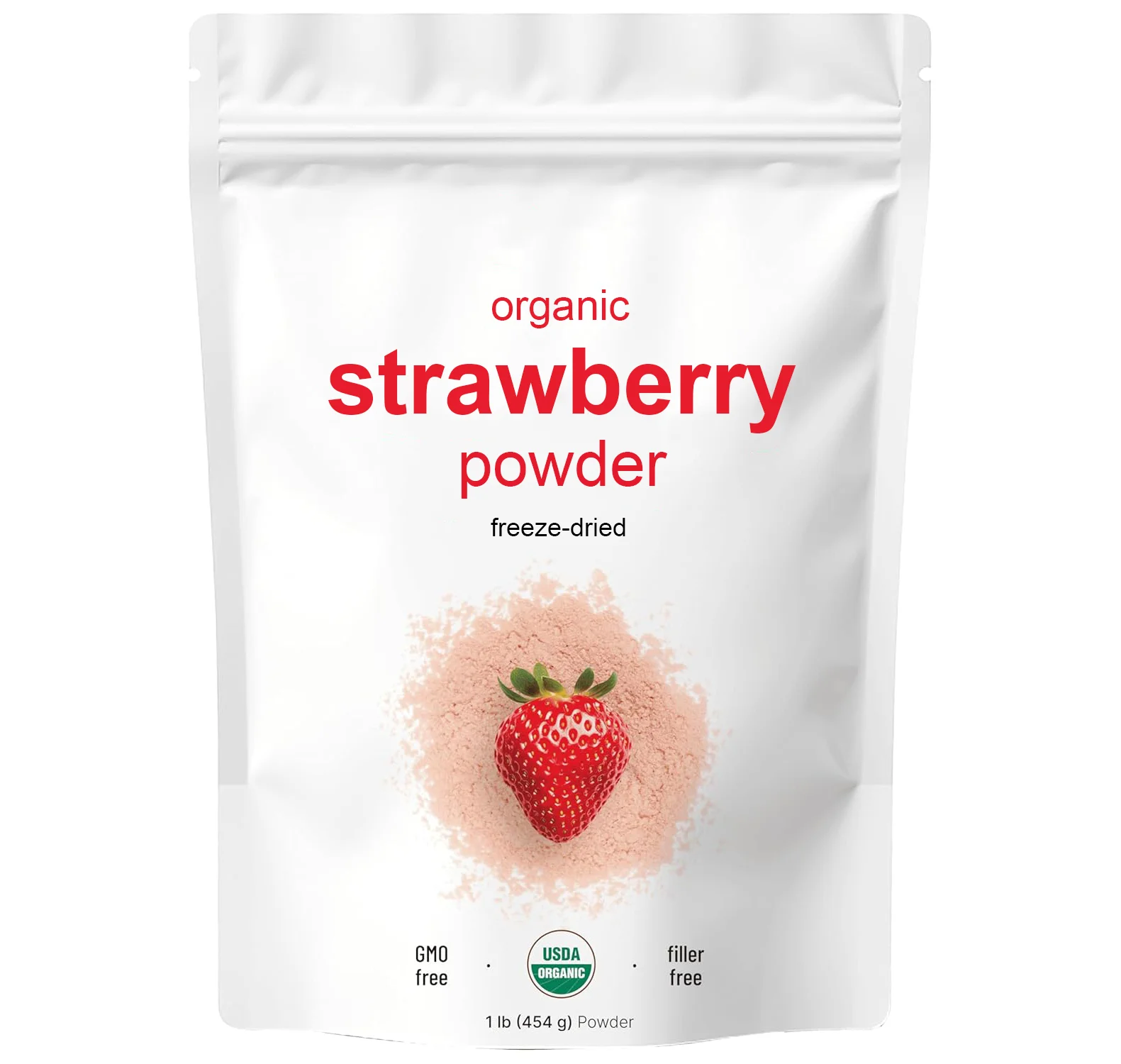Стекловолокно IZOCAM ODE KNAUF RAVABER
- Категория: >>>
- Поставщик: YAPIMALL INSAAT YAPI MALZEMELERI SANAYI VE DIS TICARET LIMITED SIRKETIYAPIMALL SIRKETI
Сохранить в закладки 167165558:
Описание и отзывы
Характеристики
Glass Wool
Glass wool is made from silica sand, an inorganic raw material, which is obtained domestically. It is produced through heating silica sand at 1200°C - 1250°C and transforming it into fibres. It can be manufactured in the forms of blanket, board, pipe or loose in different size and with different technical properties, with different facing materials according to the intented use and the place of use. It is used for thermal insulation, sound insulation, acoustic comfort as well as fire safety.
Glass Wool
- Glass wool is made from silica sand, an inorganic raw material, which is obtained domestically. It is produced through heating silica sand at 1200°C - 1250°C and transforming it into fibres.
- It can be manufactured in the forms of blanket, board, pipe or loose in different size and with different technical properties, with different facing materials according to the intented use and the place of use.
- It is used for thermal insulation, sound insulation, acoustic comfort as well as fire safety.
- It is manufactured with the licence of Saint Gobain Isover, France.
- It is produced in the plants that hold the ISO 9001 Quality Management System, ISO 14001 Environmental Management System, OHSAS 18001 Occupational Health & Safety Management System and ISO 50001 Energy Management System certificates provided by Bureau Veritas.
- Izocam Glass Wool products that are subject to TS EN 13162 hold the CE mark according to the Construction Products Directive (305/2011/AB).
- Izocam Glass Wool Products certified by EUCEB according to conformity of mineral wool fibres with note Q of regulation (EC) no 1272/2008.
- Its declared thermal conductivity is 0,031 ≤ λ ≤ 0,043 W/mK. (at 10°C)
- Depending on the declared thermal conductivity values, Izocam Glass Wool products are in the thermal conductivity groups of 035, 040 and 045.
- Water vapour diffusion resistance factor μ = 1.
- Depending on the product type, the temperature of use is between -50/+250°C. This temperature reach 500°C for loose glass wool products. In addition to that, special glass wool products that can be used between -200/+450°C are produced. Melting temperature >800°C.
- Even if it is subjected to heat and humidity it stays dimensionally stable.
- It is rot proof and resistant to aging. It does not corrode, decompose or allow mold formation. They are resistant against insects and microorganisms.
- It is not hygroscopic and capillary.
- Unfaced glass wool products are classfied as “A1” group noncombustible materials with respect to TS EN 13501-1.
Heat Insulation Materials from Environmental aspect
In the construction of housing, great attention should be paid to the quality of building materials. But special attention should be paid to environmental material that will surround us for years. Insulating materials are the most powerful tool for the designer and the constructor to achieve high energy efficiency in buildings.
The most environmentally friendly materials are natural. Now generally the most appropriate to use in construction are insulation materials, which have a greater thermal resistance and low thickness.
It is generally known that good heat insulation not only saves energy but is not harmful to the environment. The market of insulating materials presents a wide range of insulation materials, which form the source of raw materials, structure, form and technical characteristics.
The use of efficient insulation systems can reduce energy consumption for heating up to ten times, and also helps to reduce the thickness of the external walls that leads to the increase of the internal area of the building up to 5%.
The main consumers of insulating materials are building organizations and individuals.
The most important physical properties of insulation materials, with respect to their energy behavior as part of the building, are summarized in Table (Avgelis, Laboratory of Heat Transfer and Environmental Engineering)
Похожие товары
Огнеупорный пеноизоляционный лист из нитрилового каучука Bellsafe класса 1 с армированной алюминиевой фольгой
ShengshiJinding изоляция из стекловаты оптовая продажа изоляционная панель минеральной ваты 100 мм огнестойкого камня
Изоляционное розовое теплоизоляционное покрытие из стекловолокна
Теплоизоляционные материалы в зданиях/термически изолированные материалы/промышленная теплоизоляция
Теплоизоляция стен/внешняя настенная изоляция/наружная изоляция
Фотогальванические типы домов огнестойкие и звукоизоляционные теплоизоляционные материалы водостойкие белые курятники цена
Изоляция строительных труб и звукоизоляция настроить размер
Новые поступления
Новинки товаров от производителей по оптовым ценам
